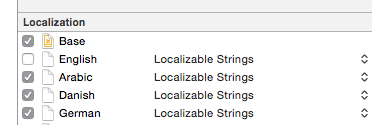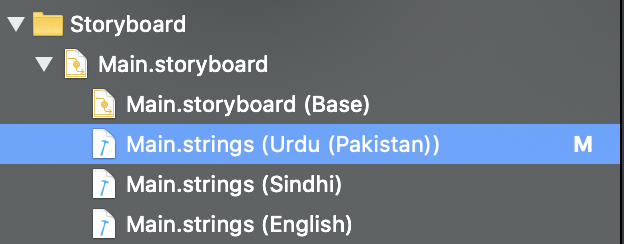It's been 2 days this issue is driving me nuts.
I'm trying to localize my iOS app but for the life of me I can't get it to work. It works easy enough when I try on a blank project but not on my current project.
I've added the languages in the Localizations using "+", I've localized the storyboard but when I check on simulator or device I still see the english version. And in fact it's not even the English one because if I change the Maintsoryboard (english) I don't see the changes in the device ... I still see the initial texts.
I've tried reseting the simulator, deleted the app, etc. No luck.
I've reverted to a backup tried adding everything again. No luck.
Can someone please help? I know it's not much to go on, but I don't know what to explain to help you help me. So please let me know if I'm missing some info.
FYI, when I look into the app's folder in Developer, I initially don't have a en.lproj when it seems I should have one by default?


